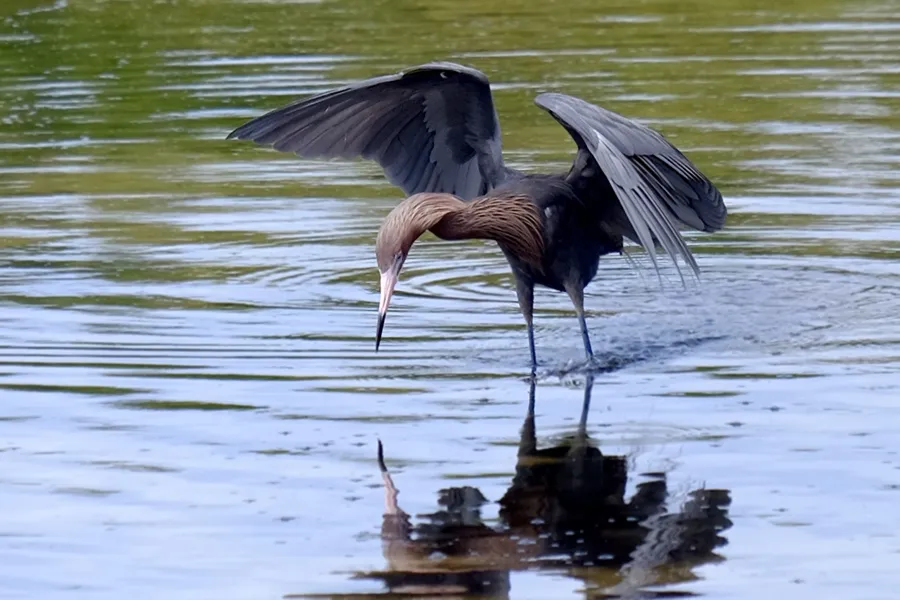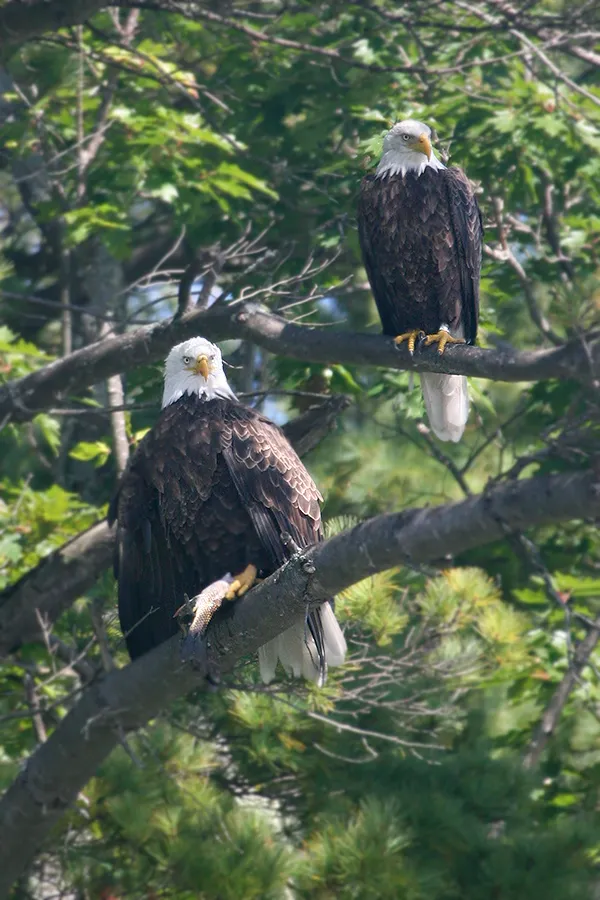Welcome to the Sanctuary!
This is where you’ll learn about shorebirds, read stories about everyday heroes, and find links to other great resources. We hope you enjoy your stay. Keep coming back, as things will be changing all the time!
FUN FACTS ABOUT SHOREBIRDS
Click on each bird’s name to learn about them. And click on their photo for a closer look.
GREEN HERON
Green Herons are one of the few bird species that use bait to catch their fish. They drop insects, twigs, or even feathers onto the water surface to lure fish toward them, making the fish an easy catch.
AMERICAN OYSTERCATCHER
American Oystercatchers are the only birds in their environment with the ability to open large mollusks, such as clams and oysters. See that long beak? They use it like can opener to pry shells open.
LAUGHING GULL
The laughing gull gets its name from the sound of its call. It sounds like, “Ha! Ha! Ha!” … you know … like it’s laughing. Laughing gulls form colonies of as many as 25,000 pairs of birds. That is 25 times 10, times 10, times 10. That’s a lot of birds!
MARBLED GODWIT
These bills were made for digging! Marbled Godwits fly long distances when they migrate in the winter. They can fly as far as 6,000 miles without stopping for food or water. That is like flying from Maine to California and back without a rest! Wow! That’s a lot of wing flapping!
REDDISH EGRET
The reddish egret spreads its wings over the water to cast a shadow and reduce the glare of the sun. The shadow attracts the fish. I guess the fish don’t know they are being invited into the shade to be dinner. Uh-oh!
CORMORANT
These fishing birds have beautiful blue eyes that sparkle like jewels and a mouth that is bright blue on the inside. It’s kind of like how your mouth looks after you eat a blue Popsicle, but cormorants have a blue mouth all the time.
AMERICAN BALD EAGLE
The American bald eagle is found only in North America. It is the national symbol of the United States, representing strength, freedom, independence, and resilience.
OSPREY
Like the heron and the pelican, the osprey is found on every continent except Antartica. They have barbed pads on the soles of their feet to help them grip slippery fish. After a catch, the osprey lines up the fish head-first under its body to reduce wind resistance. Pretty smart fish, I’d say.
BLACK-CROWNED NIGHT HERON
The black-crowned night heron has large, red light-gathering eyes that enable them to hunt at dawn and dusk and into the night.
GLOSSY IBIS
You can find these birds on the east coast from Maine to Florida and west to Louisiana. I wonder how many of those tiny little morsels it takes to make a whole lunch.
BLACK-NECKED STILT
Black-necked stilts use belly soaking to keep their eggs cool. In hot weather, they wade into the water up to their bellies, cool themselves off, and then let their wet bellies cool off their eggs. Check out those legs. Do you think that is how they got their name?
Crazy Facts about Herons
Did you know that herons have special toes to comb and clean their feathers? Do you know how they stay cool or warm during the changing weather? This is where you’ll learn fascinating facts about where herons live, what they eat, how they build their nests, and more.
How to Capture a Heron
To get the best heron pictures, you have to learn to think like one. Hero the Heron offers tips to young photographers about how to get close, take it slowly, be very very quiet, and focus the camera to take pictures and capture memories they will cherish forever.
Visit these Websites for More Fun & Information

All About Birds
All About Birds is a free resource from the Cornell Lab of Ornithology, a nonprofit organization that conducts research, education, and citizen science to protect and interpret the Earth’s biological diversity.

National Audubon Society
Information, pictures, photo contests and more from the National Audubon Society dedicated to the protection and conservation of birds and their habitats through science, advocacy, education, and on-the-ground conservation.

eBird
Also from the Cornell Lab of Ornithology, eBird is a free, online platform for recording bird observations and maintaining records of sightings with more than 100 million contributions from around the world annually.

Birding For Beginners
Whether you’re casually taking note of your surroundings or traveling the nation in search of birds to add to your checklist, people of all ages can enjoy identifying birds by sight and sound. From the National Park Service.

Active Wild
Active Wild is a free resource for parents, teachers, and wildlife-lovers of all ages to learn about the natural world through well-researched, in-depth articles on natural history.

FRIENDS OF MYAKKA RIVER
As a Citizen Support Organization, Friends of Myakka River partners with park management to conserve the park’s delicate ecosystems and support park infrastructure by funding capital projects, as well as important resource management goals.
BUY THE BOOKS!

Piper Pelican Discovers Her Courage (and a Whole Lot More)
A determined and likable young brown pelican shows us how asking for help leads to valuable lessons and self-discovery in this creative and engaging children’s book.
This is a beautifully illustrated and fun children’s story about courage, differences, and the possibilities of being a hero any day through kindness, friendship, and being yourself. Read how Piper overcomes the challenges of learning something new with the help and encouragement of her hero friends.

Heronymus Heron Discovers His Shadow (and a Whole Lot More)
An unusual children’s book about Heronymus, a clever great blue heron, who felt different and alone — that is, until his shadow and friends convinced him otherwise.
Heronymus Heron’s story is one of self-discovery. The likable heron’s journey encourages children to celebrate what makes them unique, treasure their relationships, and value our differences. Beautifully illustrated with original photographs, Hero’s tale invites children to find the hero in themselves and others.













